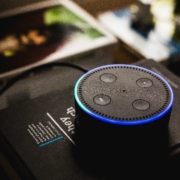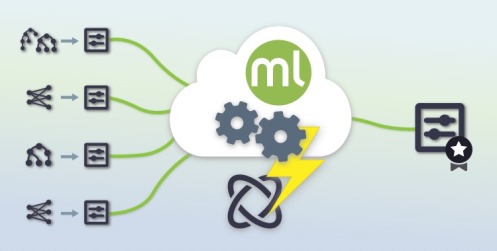A couple of weeks ago, we released a new capability in Parasoft SOAtest called the Smart API Test Generator. I was geeked. This technology is legitimately groundbreaking — it uses artificial intelligence to convert manual UI tests into automated API tests so you don’t need expertise in API testing or even the ability to write any code at all to get started. It’s all script-less, and it’s activated through a simple plugin for Chrome, so you don’t have to install a large toolset in order to use it.
However, at the STAREAST testing conference back in May, where I gave a long talk about how awesome this technology is, I kept encountering people ask me how this was different from record and replay technologies that already exist on the market. Of course artificial intelligence is the answer, but AI for AI’s sake is meaningless — why do we even care?

Source de l’article sur DZONE (AI)











